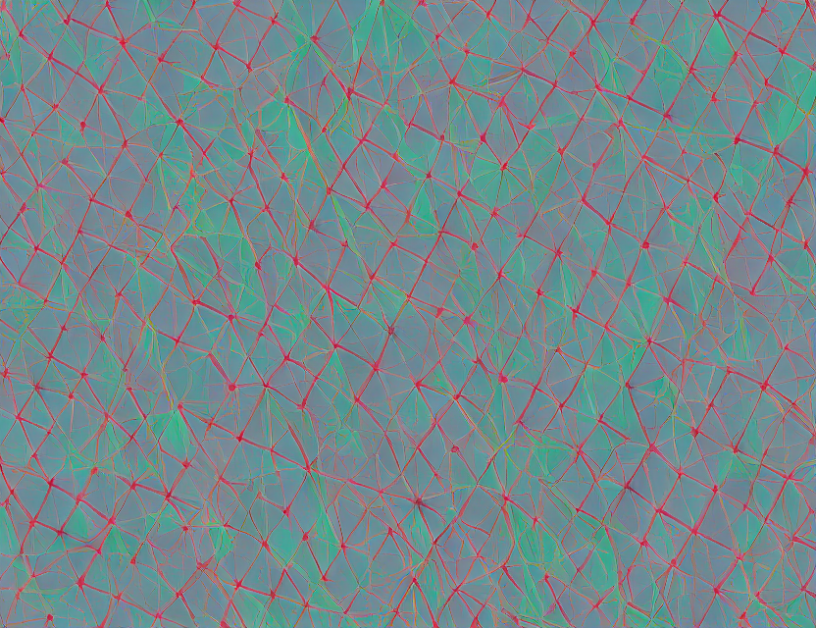The human brain is a complex system that can be studied through various imaging techniques. One such technique is diffusion-weighted imaging (DWI) which helps create white matter fibers connections by partitioning tractography outcomes into larger anatomical regions. This process creates a structural connectivity (SC) matrix, which quantifies connection strengths between every pair of brain regions.
The SC matrix is like a web of roads connecting different parts of the brain. Each road represents a white matter fiber connecting two brain regions. The strength of the connection is reflected in the thickness of the road. Thicker roads indicate stronger connections, while thinner roads suggest weaker connections. By analyzing these connections, researchers can gain insights into how different parts of the brain communicate with each other and how they work together to perform various functions such as language processing or decision-making.
Researchers have analyzed the SC matrix for a group of 88 subjects using DWI and tractography. They found that the connections between different regions follow a pattern known as small-world topology, where certain brain regions are highly connected while others have fewer connections. This is similar to a city with many highways connecting it to neighboring cities but only a few roads leading to more distant cities.
The study also found that there is a bias towards connections between certain brain regions, which can be compared to the way cells in a biological network tend to communicate more with their neighbors than with distant cells. This suggests that certain brain regions may play a more central role in processing and integrating information from different senses and modalities.
Overall, the study provides new insights into how the brain is organized and how different parts of the brain communicate with each other to perform various functions. Understanding these connections can help researchers develop better models of brain function and improve our understanding of neurological disorders such as Alzheimer’s disease or Parkinson’s disease.
Computer Science, Social and Information Networks
Improved Approximate Symmetry Coefficients for Better Permutation Generation



